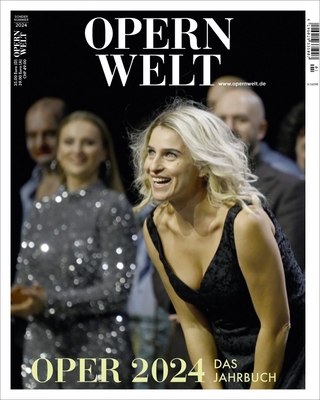
Harmony in Beethoven
Cambridge University Press (Verlag)
978-1-316-50062-0 (ISBN)
David Damschroder's ongoing reformulation of harmonic theory continues with a dynamic exploration of how Beethoven molded and arranged chords to convey bold conceptions. This book's introductory chapters are organized in the manner of a nineteenth-century Harmonielehre, with individual considerations of the tonal system's key features illustrated by easy-to-comprehend block-chord examples derived from Beethoven's piano sonatas. In the masterworks section that follows, Damschroder presents detailed analyses of movements from the symphonies, piano and violin sonatas, and string quartets, and compares his outcomes with those of other analysts, including William E. Caplin, Robert Gauldin, Nicholas Marston, William J. Mitchell, Frank Samarotto, and Janet Schmalfeldt. Expanding upon analytical practices from the eighteenth and nineteenth centuries, and strongly influenced by Schenkerian principles, this fresh perspective offers a stark contrast to conventional harmonic analysis – both in terms of how Roman numerals are deployed and how musical processes are described in words.
David Damschroder is Professor of Music Theory at the University of Minnesota. His current research focuses on harmony in tonal music, a project that began with a careful examination of historical analytical practices, the basis for his Thinking about Harmony: Historical Perspectives on Analysis (Cambridge, 2008). The project continues with focused studies on selected repertoires: Harmony in Schubert (Cambridge, 2010), Harmony in Haydn and Mozart (Cambridge, 2012), Harmony in Chopin (Cambridge, 2015), and the present book. He has written textbooks on music fundamentals and ear-training/sight-singing, and his articles and reviews have appeared in numerous journals.
Preface; Part I. Methodological Orientation: Harmonielehre (The Piano Sonatas): 1. IV as intermediary between I and V; 2. II as intermediary between I and V; 3. A detailed look at the circle of fifths; 4. III on the path from I to V; 5. The mediant within the orbit of the tonic; 6. Notable linear initiatives; 7. Parenthetical passages; Part II. Masterpieces: 8. String Quartet in B♭Major (Op. 18, No. 6), La Malinconia, in response to William J. Mitchell; 9. Piano Sonata in D Minor (Op. 31, No. 2, 'Tempest'), movement 1, in response to William E. Caplin; 10. Violin Sonata in A Minor (Op. 47, 'Kreutzer'), movement 1, in response to Janet Schmalfeldt; 11. Symphony in A Major (Op. 92), movement 3, in response to Robert Gauldin; 12. Piano Sonata in E Major (Op. 109), in response to Nicholas Marston; 13. String Quartet in A Minor (Op. 132), movement 1, in response to Frank Samarotto; Epilogue.
| Erscheinungsdatum | 20.03.2020 |
|---|---|
| Zusatzinfo | 118 Printed music items; 118 Tables, black and white; 118 Plates, black and white |
| Verlagsort | Cambridge |
| Sprache | englisch |
| Maße | 188 x 245 mm |
| Gewicht | 550 g |
| Themenwelt | Kunst / Musik / Theater ► Musik ► Klassik / Oper / Musical |
| Kunst / Musik / Theater ► Musik ► Musiktheorie / Musiklehre | |
| ISBN-10 | 1-316-50062-4 / 1316500624 |
| ISBN-13 | 978-1-316-50062-0 / 9781316500620 |
| Zustand | Neuware |
| Informationen gemäß Produktsicherheitsverordnung (GPSR) | |
| Haben Sie eine Frage zum Produkt? |
aus dem Bereich


